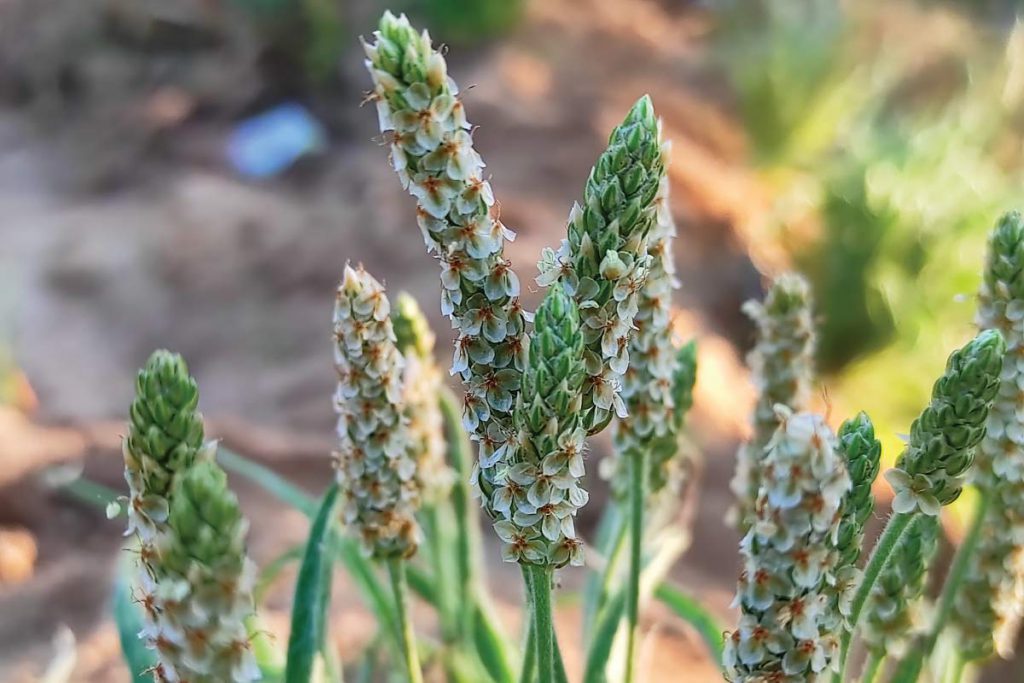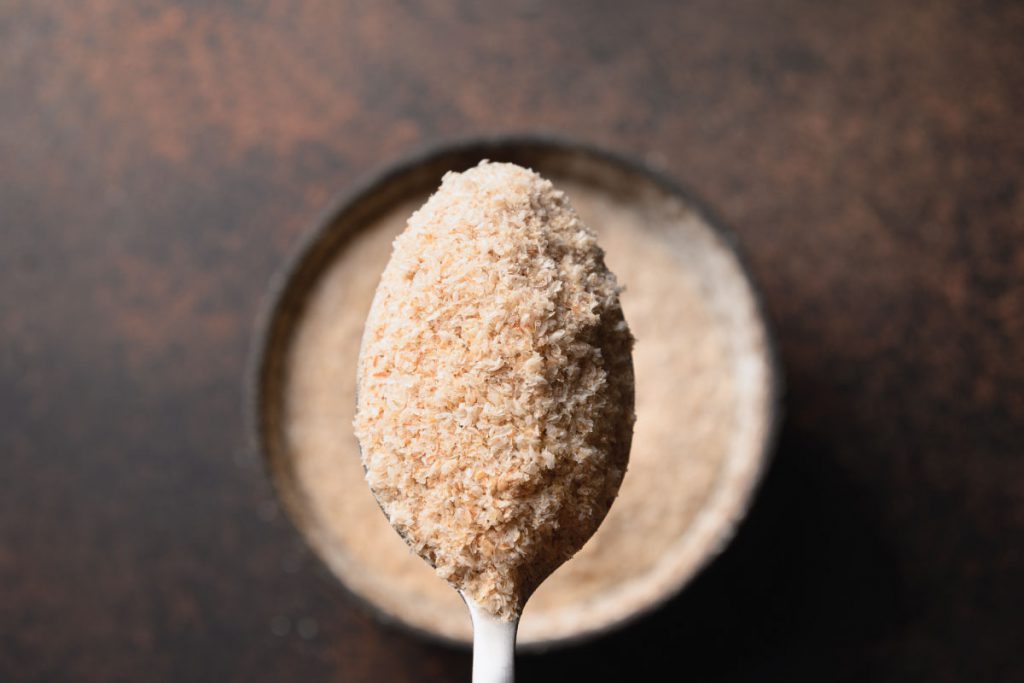
9 Points About Psyllium To Know If Your Doing It Right
October 17, 2022
Psyllium comes from the seeds of the Plantago ovata plant. This shrub-like herb grows mainly in India and has been used in Asian medicine for centuries as an herbal remedy for a variety of health issues. Today it is the go-to herb for digestion, heart health and sometimes weight loss. Check out this little gem!
In this Healthy Insight:
- What It Is
- Who It’s For
- What It Does
- Other Sources of Fiber
- How To Use
- Benefits of Psyllium
- Recommended Daily Intake
- Easy Ways To Add Psyllium to Your Diet
- Can You Get Too Much of a Good Thing?

What It Is:
Psyllium husk, psyllium fiber or simply psyllium is a water-absorbing soluble fiber made from the husks of the plant’s seeds. It is a gentle, bulk forming digestive aid that passes through the small intestines without being completely absorbed. Psyllium is super absorbent and can hold up to 16 times its dry volume in water!
Who It’s For:
Individuals who want to maintain digestive regularity, support heart health and reach weight loss goals.

What It Does:
When psyllium combines with water, it swells and adds bulk to your intestines, stimulating the speed of elimination and without producing gas. Because it promotes fullness, psyllium may increase satiety, reduce appetite and assist with weight loss.
Other Sources of Fiber:
- Oats
- Barley
- Nuts, seeds
- Beans, lentils, peas, chickpeas
- Whole wheat pasta
- Edamame
- Carrots, beets
- Artichoke hearts
- Pears, strawberries, apples
- Avocadoes
- Hummus
- Broccoli
- Kidney beets
- Quinoa
- Sweet potatoes

How To Use:
As always, be sure to ask your doctor before adding psyllium or any other supplement to your healthcare routine. The exact dosage of psyllium depends on the product and why you’re taking it.
In general powder or granules should be mixed into a full glass (8 ounces) of water or fruit juice before swallowing. Capsules should be swallowed whole with a full glass (8 ounces) of water. It is suggested you take your doses just after a meal.
Benefits of Psyllium:
- Digestive health. As a bulk-forming substance, psyllium husk is best known for digestion. Psyllium forms a gel that helps trap and move waste through your body to keep you regular. If you’re using it for occasional constipation, just be sure to drink plenty of water.
- Heart health. Psyllium taken with meals is associated with healthy cholesterol levels. Managing cholesterol levels is vital for those over 50.
- Blood sugar. Psyllium helps support healthy blood sugar levels already in the normal range.
- Weight loss support. Psyllium fills you up leaving you more satisfied and less likely to be hungry of binge eat.

Recommended Daily Intake:
In the United States, the recommended dietary fiber intake for a female is 25 grams and 38 grams for a male. Most Americans only consume about half of the recommended intake leaving us with a shortage in our diet.
Fiber-enriched foods can help fill the fiber gap. Be sure to have a good mix of various fiber types as outlined above.
Easy Ways To Add Psyllium to Your Diet:
Sprinkle one to two teaspoons of psyllium on foods such as soup, yogurt, smoothies, oatmeal or cereal. When baking add a teaspoon or two to cookie and cake recipes.
Can You Get Too Much of a Good Thing?
Your body will tell you if you’re overdoing the psyllium. You’ll feel bloated and uncomfortable. Always be sure to drink 6-8 glasses of water daily to help keep things running smoothly.
If you’re feeling clogged up and looking to keep things running smoothly, check out this time-tested wonder today.



